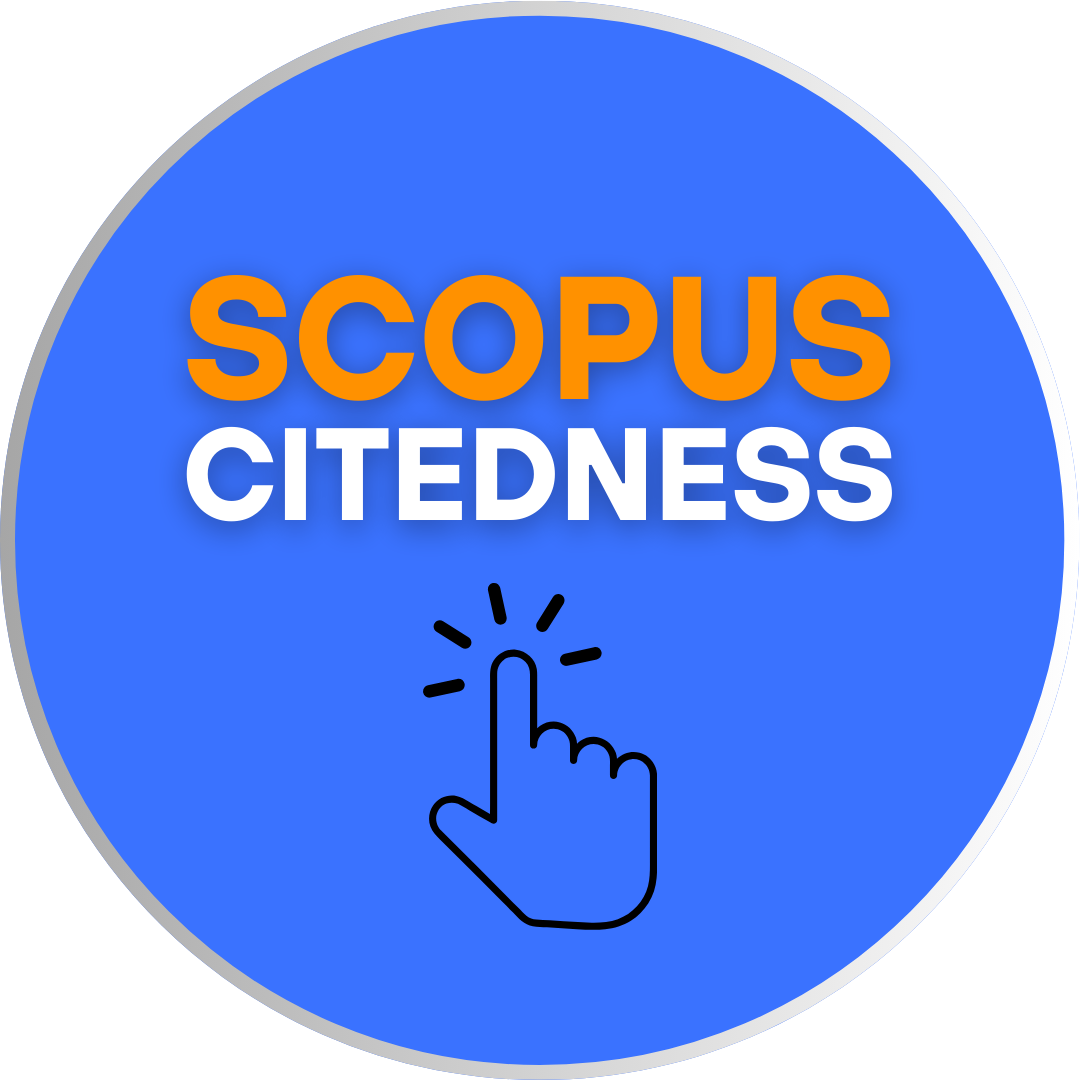ENGLISH PROFICIENCY AND METACOGNITIVE STRATEGIES USED BY ENGLISH DEPARTMENT STUDENTS AT IAIN ANTASARI BANJARMASIN
DOI:
https://doi.org/10.18592/let.v5i2.1442Keywords:
Metacognitive Strategies, English Proficiency, TOEFL Test, English Department StudentsAbstract
Metacognitive strategies play important roles to develop skills in the process of learning a target language. This study investigated the metacognitive strategies and the frequency used by English Department students at IAIN Antasari Banjarmasin and determined how those metacognitive strategies were influenced by the learners’ proficiency. 105 respondents who participated in this study were the first semester students in English Department. The subjects learned English as a foreign language and were at beginning level. The strategy use was assessed through a modified Indonesian translation version of the Strategy Inventory of Language Learning (Oxford, 1990), and the proficiency was determined by the TOEFL Test. The data were distributed and analyzed using descriptive statistics. It can be concluded that the use of metacognitive strategies among the three categories (low, middle, and high) is quite different which is the most frequent metacognitive strategies used by students’ middle category group with the Mean = 4.031, followed by students’ high category group with the Mean = 3.765, and the least metacognitive strategies used by students’ low category group Mean = 3.091. The types of meta-cognitive strategies that used by the students, including paying attention when someone is speaking English (88%), trying to find out how to be a better learner of English (85%), having clear goals for improving English skills (82%), noticing the mistakes (82%), thinking about their progress in learning English (67%) , trying to find as many ways as they can use their English (59 %), planning their schedule so they will have enough time to study English (57 %), looking for people whom they can talk to in English (52 %), and looking for opportunities to read as much as possible in English (35 %).References
Annual Review of Applied Linguistics, 25, 112–130. Cambridge: Cambridge University Press.
Brown, H.D. (2001). Teaching by Principles: An Interactive Approach in Language Pedagogy. New York: Addison Wesley Langman
Chamot, A.U. (2005) Language learning strategy instruction: current issues and research,
Goh, C.C.M & Foong, K.P. (1997).Chinese ESL students’ learning strategies: A look at frequency, proficiency, and gender, Hong Kong Journal of Applied Linguistics, 2, 39-53.
Green, J.M. & Oxford, R.L. (1995). A closer look at learning strategies, L2 proficiency, and gender. TESOL Quarterly, 29/2, 261-97.
Griffith, C. (2007), Language learning strategies: Students’ and teachers’ perception, ELT Journal, 61, 91- 99.
Kaylani, C. (1996). The influence of gender and motivation on EFL learning strategy use in Jordan. In Oxford, R. L. (Ed.), Language learning strategies around the world: Cross-cultural perspectives. 75-88. Manoa: University of Hawaii Press.
Kozmonova, Marcela. (2008). Language Learning Strategies and their Training in a Primary English Class. Masaryk University Brno. Faculty of education Department of English Language and Literature
Lee, K.R. & Oxford, R. (2008). Understanding EFL learners’ strategy use and strategy ` awareness, The Asian EFL Journal, 10, 7 -32. Busan.
Lee, K. (2003), The relationship of school year, sex, and proficiency on the use of learning strategies in learning English of Korean junior high school students, Asian EFL Journal, 5, 1-36.
O’Malley, J.M & Chamot, A.U. (1990), The learning strategies in second language acquisition, Cambridge: Cambridge University Press.
O’Malley, J.M., Chamot, A. U. Stewner-Manzanares, G., Russo, R., & Kupper, L. (1985). Learning Strategies Applications with Students of English as a Second Language. TESOL Quarterly. 19. 285-296.
Oxford, R.L. (1990). Language Learning Strategies, What Every Teacher Should Know. Massachusetts: Heinle and Heinle
Oxford, R. L., & Nyikos, M. (1989). Variables affecting choice of language learning
strategies by university students. Modern Language Journal, 73, 291–300.
Oxford, R, (1990), Language learning strategies: what every teacher should know, New York: Newbury House.
Pineda, Jorge E. (2010). Identifying Language Learning Strategies: An Exploratory Study. Gist Education and Learning Research Journal. IV (1). 94-106
Ridley, D.S., Schutz, P. A., Glanz, R. S., & Weinstein, C. E. (1992). Self-regulated learning: The Interactive Influence of Metacognitive Awareness and Goal-Setting. Journal of Experimental Education. 60(4). 293–306
Suharmanto. (2003). Learning Autonomy: A Way to Improve English Language Teaching (ELT) in Indonesia. TEFLIN Journal: A publication on the teaching and learning of English. 14 (1). 1-13
Vianty, Machdalena. (2007). The Comparison of Students’ use of Metacognitive
Reading Strategies Between Reading in Bahasa Indonesia and in English. International Education Journal, 2007, 8(2), 449-460.
Yang, M.N. (2007).Language learning strategies for Junior College students in Taiwan:
investigating ethnicity and proficiency. The Asian EFL Journal, 9, 35 -54. Busan.
Wenden, A. & Rubin, J. (1987). Learner strategies in language learning. Cambridge: Prentice-Hall International
Zhang, Wenxia and Meihua Liu. (2008). Investigating Cognitive and Metacognitive Strategy Use During an English Proficiency Test. Indonesian Journal of English Language Teaching. 4(2). 122-139
Downloads
Published
How to Cite
Issue
Section
License
Authors who publish with this journal agree to the following terms:
- Authors retain copyright and grant the journal right of first publication with the work simultaneously licensed under a Creative Commons Attribution License that allows others to share the work with an acknowledgement of the work's authorship and initial publication in this journal.
- Authors are able to enter into separate, additional contractual arrangements for the non-exclusive distribution of the journal's published version of the work (e.g., post it to an institutional repository or publish it in a book), with an acknowledgement of its initial publication in this journal.
- Authors are permitted and encouraged to post their work online (e.g., in institutional repositories or on their website) prior to and during the submission process, as it can lead to productive exchanges, as well as earlier and greater citation of published work.
LET (LINGUISTICS, LITERATURE, AND LANGUAGE TEACHING) http://jurnal.uin-antasari.ac.id/index.php/let/index licensed under a Creative Commons Attribution 4.0 International License.
















